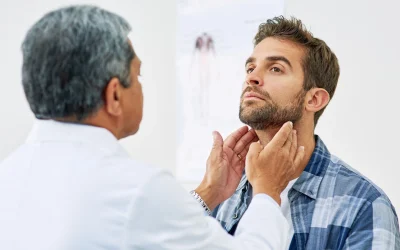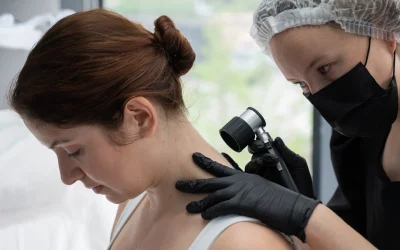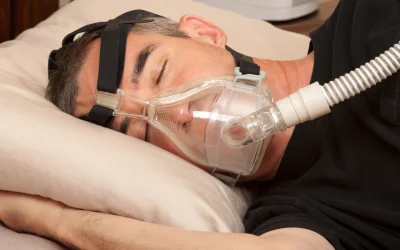Digital Innovations in Stroke Patient Home Care
Digital innovations are revolutionizing home care for stroke patients, offering advanced solutions that enhance convenience, monitoring, and overall patient outcomes. Telehealth enables remote monitoring, reducing the necessity for frequent in-person visits and ensuring continuous care. This approach is particularly beneficial for stroke survivors with mobility issues, providing them with the comfort of receiving care at home.
The Rise of Telehealth
Telehealth has become a cornerstone of modern healthcare, especially for stroke survivors. It allows healthcare providers to monitor patients remotely, reducing the need for frequent in-person visits. This is particularly beneficial for stroke patients who may have mobility issues.
Benefits of Telehealth for Stroke Patients:
- Convenience: Patients can receive care from the comfort of their homes.
- Continuous Monitoring: Wearable devices can track vital signs and alert providers to any concerning changes.
- Reduced Hospital Readmissions: Early detection of potential issues can prevent complications that lead to hospital readmissions.
Wearable Technology
Wearable technology, such as smartwatches and fitness trackers, is not just for fitness enthusiasts anymore. These devices can play a critical role in stroke recovery by providing real-time data on a patient’s physical activity, heart rate, and even sleep patterns.
Key Features of Wearable Technology:
- Activity Tracking: Helps ensure patients are meeting their rehabilitation goals.
- Heart Rate Monitoring: Alerts to irregularities that may indicate complications.
- Fall Detection: Immediate alerts if a patient falls, ensuring rapid response.
Mobile Health Apps
Mobile health apps are another game-changer in stroke patient home care. These apps can offer personalized rehabilitation exercises, medication reminders, and even mental health support.
Popular Mobile Health Apps for Stroke Recovery:
- Rehabilitation Apps: Provide guided exercises tailored to the patient’s recovery stage.
- Medication Management Apps: Remind patients to take their medications and track adherence.
- Mental Health Apps: Offer resources and support for managing the emotional impact of stroke recovery.
Virtual Reality (VR) and Augmented Reality (AR)
VR and AR are no longer confined to the realm of gaming. These technologies are making significant strides in the field of stroke rehabilitation. They offer immersive and interactive ways for patients to engage in physical therapy exercises.
Advantages of VR and AR in Stroke Rehabilitation:
- Engagement: Interactive environments make exercises more engaging and enjoyable.
- Motivation: Gamified experiences can boost patient motivation and adherence to therapy.
- Customization: Programs can be tailored to individual patient needs and progress.
Artificial Intelligence (AI) and Machine Learning
AI and machine learning are at the forefront of digital health innovations. These technologies can analyze vast amounts of data to provide insights and predictions that can enhance patient care.
Applications of AI in Stroke Patient Care:
- Predictive Analytics: Identifies patients at risk of complications and enables proactive interventions.
- Personalized Care Plans: Develops customized rehabilitation plans based on patient data.
- Virtual Assistants: Provides patients with 24/7 access to information and support.
Remote Patient Monitoring (RPM)
RPM involves the use of digital devices to collect patient data outside of traditional healthcare settings. This data is then transmitted to healthcare providers for monitoring and analysis.
Components of RPM:
- Devices: Blood pressure monitors, glucose meters, pulse oximeters, etc.
- Data Transmission: Securely sends data to healthcare providers.
- Alerts: Notifies providers of any concerning changes in patient data.
Smart Home Technology
Smart home technology can also play a role in stroke patient care. Devices such as smart speakers, automated lighting, and home security systems can enhance patient safety and independence.
Examples of Smart Home Devices:
- Voice-Activated Assistants: Provide reminders and control other smart devices.
- Automated Lighting: Reduces fall risk by ensuring adequate lighting.
- Home Security Systems: Monitor patient safety and provide alerts in case of emergencies.
Summary and Suggestions
Digital innovations are paving the way for more effective and efficient stroke patient home care. By embracing these technologies, healthcare providers can offer better support, improve patient outcomes, and reduce the burden on both patients and caregivers. Explore our website for more resources on digital health solutions, or schedule a demo to see how our platform can revolutionize your approach to stroke patient care.

















